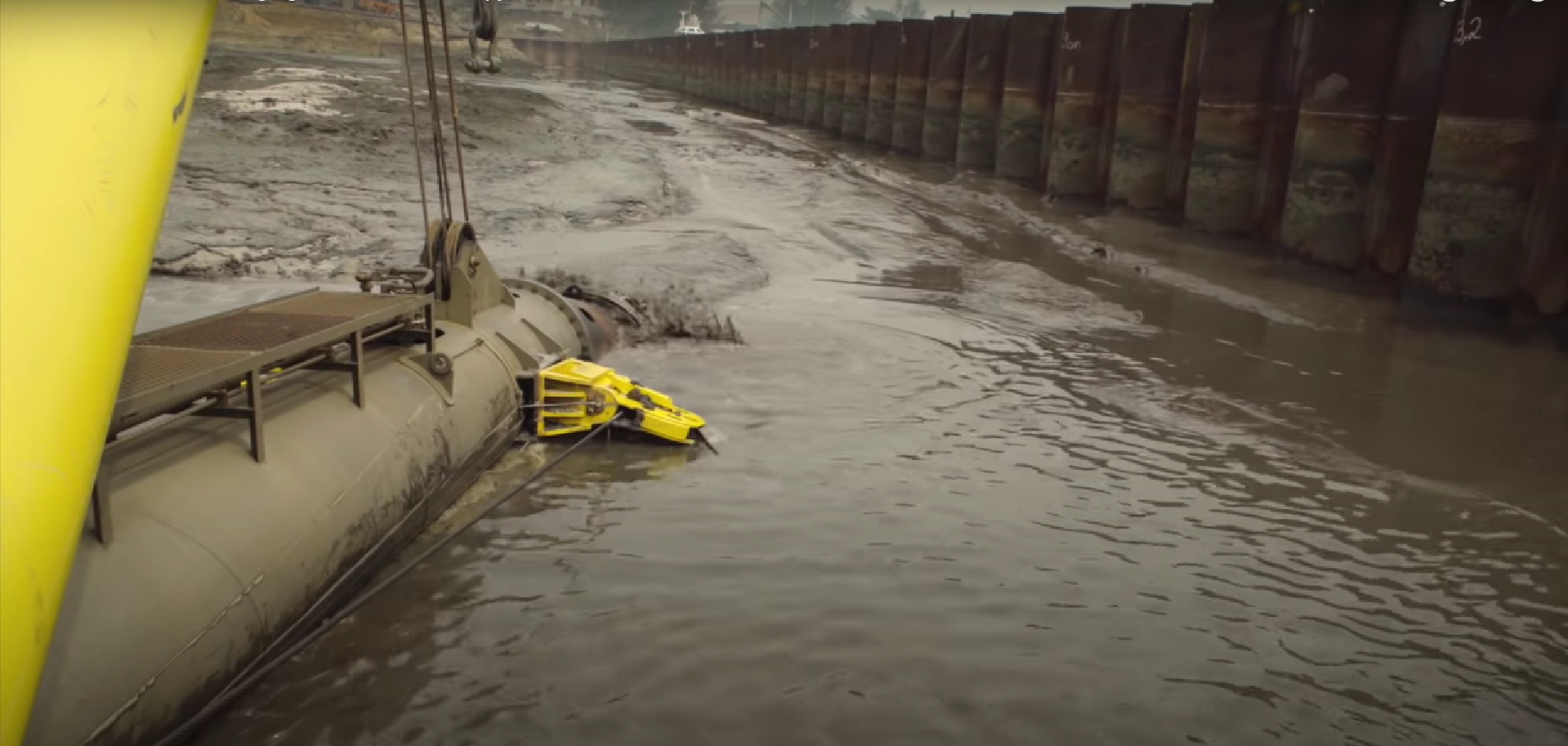Why Dredging is Important
Dredging is a crucial environmental and engineering process, essential for maintaining waterways, ensuring navigable channels, and managing sediment. This process involves the removal of underwater sediments and debris, which can include sand, silt, and pollutants. The application of dredging is diverse, ranging from maintaining the depth of shipping channels and harbors to reducing flood risk and restoring aquatic habitats.
1. Navigation: Dredging ensures that waterways and harbors are deep enough for boats and ships to navigate safely. Over time, sedimentation can reduce the depth of these channels and pose risks to marine traffic.
2. Flood Management: By removing sediment build-up from riverbeds and channels, dredging helps to increase the capacity of these waterways to carry water, thus reducing the likelihood and severity of floods.
3. Environmental Remediation: Dredging is often used to remove contaminants from water bodies. This can be crucial in water bodies that have accumulated pollutants over time, which can be harmful to aquatic life and water quality.
4. Aquatic Habitat Restoration: Dredging can be used to restore, enhance, or create new aquatic habitats. By reshaping riverbeds and waterways, dredging can improve conditions for aquatic plants and animals.
5. Recreational and Economic Benefits: Maintaining the depth and quality of waterways through dredging supports recreational activities like boating and fishing, which are important for local economies.
The Dredging Process: Cutter Suction Dredge and Excavator
Cutter Suction Dredge: A cutter suction dredge is one of the most common types of dredging equipment. It is equipped with a rotating cutter head, which is used to dislodge and break up compacted sediments. The loosened material is then sucked up through a pipeline by a powerful pump. This type of dredge is highly effective in maintaining navigable channels and is versatile enough to operate in a variety of sediment types.
Excavator: An excavator equipped with dredging attachments can also be used, particularly in shallower waters or near shorelines where larger dredging ships cannot operate effectively. Excavators can precisely remove sediment and are often used in habitat restoration projects where careful manipulation of the environment is necessary.
Responsible Relocation of Dredged Material
Relocating dredged material responsibly is a critical aspect of modern dredging operations. The material can sometimes be contaminated, so care must be taken to prevent environmental damage. Typically, dredged material is relocated to designated areas such as:
1. Beach Nourishment: Sand dredged from the bottom of water bodies can be used to replenish eroded beaches. This not only helps in protecting coastal areas from the impacts of erosion but also enhances beach aesthetics and usability.
2. Land Reclamation: Dredged material can be used to create new land or to enhance degraded land, supporting developments or restoring habitats.
3. Containment Facilities: When dredged material is contaminated, it can be placed in containment facilities designed to prevent any leachate from polluting the surrounding environment.
Best Practices in Dredging Operations
Adhering to environmental best practices in dredging is crucial to mitigate the impact of the operation on the ecosystem. This includes:
1. Environmental Impact Assessments (EIAs): Conducting thorough assessments to understand the potential impact of dredging activities on the local environment and community.
2. Dredging at the Right Time: Timing dredging activities to avoid sensitive periods for wildlife, such as breeding or migration periods for aquatic life.
3. Use of Precision Equipment: Utilizing advanced dredging equipment that can minimize the removal of untargeted materials and reduce the disturbance to the aquatic environment.
4. Monitoring: Continuously monitoring the dredging process and the relocation sites to ensure compliance with environmental standards and to quickly address any issues that arise.
Conclusion
Dredging is a vital environmental and engineering practice that supports aquatic ecosystems, enhances human activities, and protects communities. By using advanced technologies and adhering to strict environmental protocols, the impact of dredging can be minimized while maximizing its benefits. The responsible relocation of dredged material, especially when using it for beneficial purposes like beach nourishment or habitat restoration, exemplifies the sustainable practices that align with modern environmental stewardship.
In crafting a comprehensive educational article on dredging, it’s important to discuss the various implications, methodologies, and best practices associated with the process, ensuring that the public and stakeholders are well-informed of its benefits and the measures taken to mitigate its impacts.
